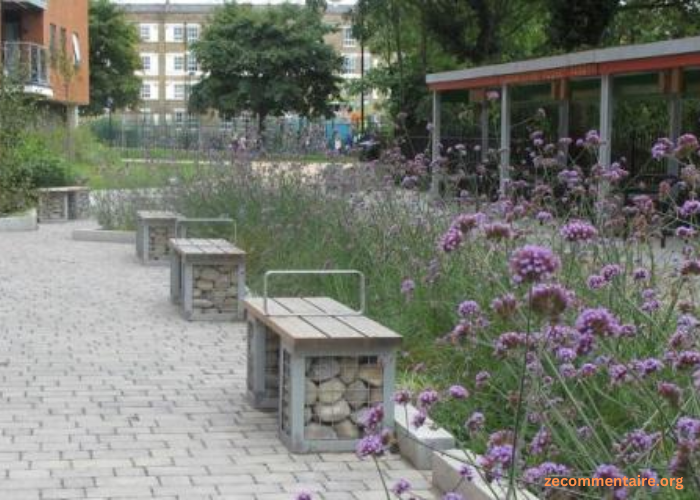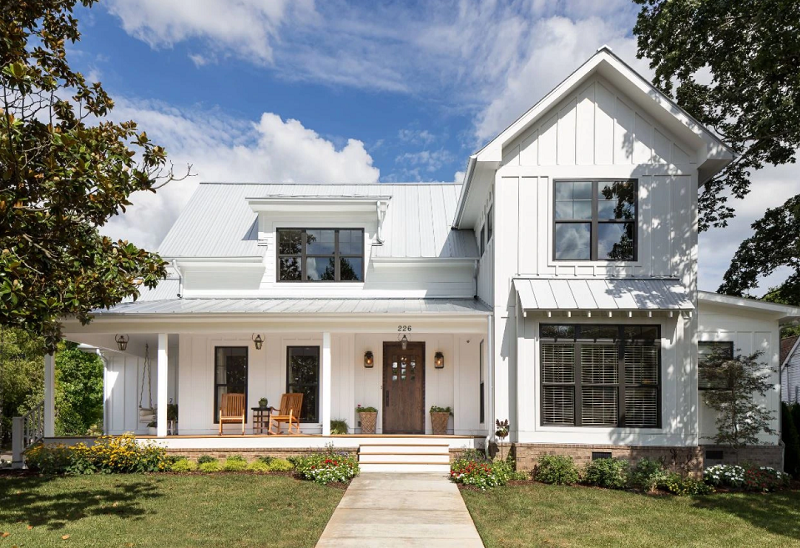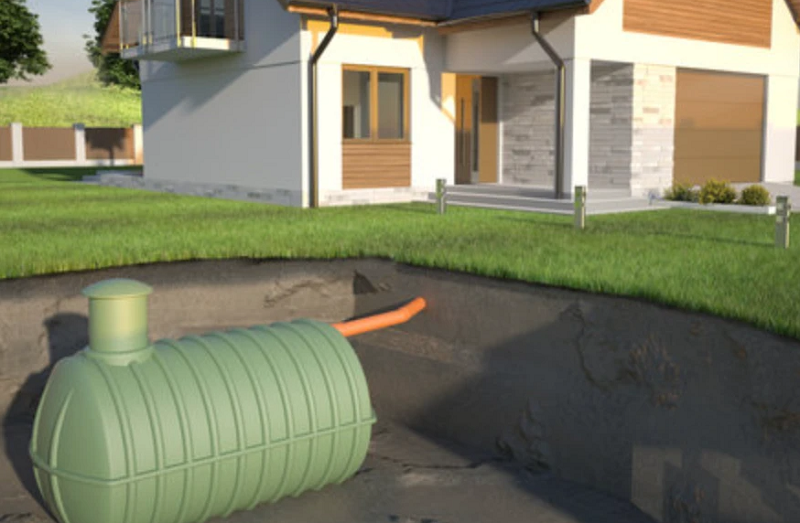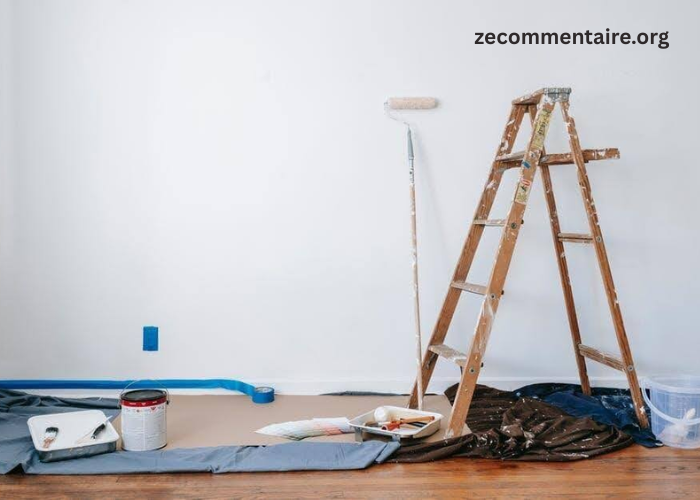Gardening is not just a labour of love; it’s also an investment in your home and quality of life. However, any investment requires protection and foresight to maintain its value. An effective drainage system is one of garden infrastructure’s most critical yet often overlooked aspects. Read on to explore how a proper drain system can safeguard your garden, enhance plant health, and increase property value, ensuring that every dollar and hour you invest yields returns in beauty, functionality, and resilience.
However, before getting started, one important tip here is to ensure you follow the rules and guidelines in your area regarding any home modifications related to garden drainage systems. This might include obtaining approvals from your HOA, as detailed in this guide: https://exprealty.com/guides/homeowner-associations-hoa-meaning-how-it-affects-your-ownership/, or from other local authorities. Understanding and evaluating these regulations will help ensure that you comply with community guidelines.
The Importance of Proper Drain System
Preventing Water Damage
The primary role of a drain system in a garden setting is to prevent water accumulation that can lead to flooding and erosion. Excess water can weaken structures like patios, paths, and raised garden beds, causing them to warp, crack, or collapse. When it is correctly implemented, it effectively channels water away from sensitive structures and other susceptible areas within your garden, thus maintaining the integrity and extending the lifespan of your investment.
Enhancing Plant Health
In gardens lacking sufficient water management, overwatering frequently occurs, which can cause root rot and various other plant diseases. Waterlogged soil suffocates roots by depriving them of oxygen, essential for nutrient uptake and growth. A properly engineered system facilitates the free movement of water through the soil, fostering a balanced environment conducive to the thriving of plants.
Critical Components of an Effective System
Grading and Sloping
Proper grading and sloping are the first steps in creating adequate water management. To facilitate water runoff, the landscape should gently slope away from the garden infrastructure and your home. This natural inclination helps prevent water from pooling in undesired areas.
Installation of Drains and Gutters
Strategic placement of drains and gutters is crucial. It can be positioned in areas prone to water accumulation. Gutters and downspouts should also be regularly maintained to ensure they efficiently divert water away from foundational structures.
Soil Management
Soil composition significantly affects water management efficiency. Mixing organic substances such as compost or peat moss into the soil can substantially enhance its structure and increase its ability to drain effectively. For soils that are particularly clay-heavy and prone to retaining water, incorporating sand or gravel can help increase porosity and drain capacity.
Long-Term Benefits of Drain Systems
Increased Property Value
A well-maintained yard with adequate water management is visually appealing and adds to your property’s market value. Properties showcasing meticulous planning and upkeep, including a dependable system that safeguards the landscape and infrastructure, are often more appealing to potential buyers.
Cost Efficiency
While the initial expense of a reliable system may appear significant, it is considerably more cost-effective than the costs associated with repairing structural damage resulting from a poor drain system. By proactively managing water flow in your yard, you save on potential future costs associated with water damage restoration and plant replacement.
Adapting to Climate Variability
Adapting to climate variability is crucial for garden longevity. An effective system can manage diverse weather, from heavy rainfall to droughts. It prevents water accumulation during storms and conserves moisture during dry spells, ensuring your yard remains healthy and resilient despite changing climate conditions.
Simplifying Garden Maintenance
Implementing a robust system simplifies garden maintenance by mitigating common issues like soil erosion and plant diseases. This ensures that your gardening efforts are more effective and less time-consuming, allowing you to focus on enhancing your yard’s beauty and productivity rather than constantly addressing water-related problems.
By understanding and installing the right drainage solutions, gardeners can protect their investments and ensure their yards remain beautiful, functional, and robust against the elements. This proactive approach not only preserves the yard’s health but also enhances the overall value and sustainability of the property.





